By Michael J. Brodhead
After the great days of the Comstock discoveries and before the early twentieth-century mineral strikes in the Tonopah-Goldfield area, Nevada experienced several years of severe economic decline. Nevadans considered a multitude a schemes to attract population and capital. The most spectacular effort took the form of an act of the legislature, signed by Governor Reinhold Sadler on January 29, 1987, making Nevada the only state to allow public fights.
Many Nevadans were overjoyed with the almost certain prospect of having the bout between heavyweight champion James J. Corbett and his challenger Robert Fitzsimmons, then the middleweight champion, take place somewhere in the state. The boxers had agreed, on December 17, 1896, to fight for a purse of $15,000 and a side bet of $10,000, with five-ounce gloves, under the Marquis of Queensbury rules, and without a limit on the number of rounds.
The press and pulpit of the other states condemned the sanctioning of such depravity. Even many Nevadans expressed shock and dismay; but Governor Sadler, a staunch silverite, announced that letters to him favoring the law outnumbered those opposing be a ratio of sixteen to one.
Despite a bid by Virginia City to have the “mill” held there, the tiny capital, Carson City, appeared to have the best chance because of its more active efforts. Also it was thought that the higher altitude and thinner air of Virginia City made it less suitable for pugilism. The Carson City press boomed the affair, frankly stating that it would bring their town and state to the attention of the “live businessmen” who would be flocking in for the event. In response to charges of Nevada’s sinfulness the Carson City Appeal pointed out the hypocrisy of those states that winked an eye at illegal, unregulated bouts within their own borders. The newspaper printed lurid tales of the degeneracy of the “swells of Gotham” and other eastern cities to show that if Nevada’s people were immoral they were by no means unique. Also, the Appeal asserted that great nations such as Rome and Britain had encouraged fisticuffs, whereas Spain, then fighting Cuba in a failing effort to maintain the remnants of her empire, had no tradition of “physical culture.”
As if to prove the contentions of the Nevadans, the national press carried editorials denouncing the Sagebrush State alongside of breathless accounts of Corbett and Fitzsimmons, the details of the arrangements made for the fight, and the betting odds.
All doubts as to the location of the contest evaporated when promoter Dan Stuart, a Texas gambler, arrived in Carson City on February 11, and announced that it would take place there on March 17. Two days later he paid the required $1000 for a license ($900 to the state, $100 to Ormsby County).
On February 16, the Virginia and Truckee Railroad deposited “Gentleman Jim” Corbett and his handlers in the Nevada capital. To the surprise of the Carsonites, the champion (also known as “Pompadour Jim”) looked sallow, nervous, and much older than his thirty-one years. He set up his training camp at Shaw’s Springs, three miles north of Carson City. Fitzsimmons and his smaller entourage arrived on the 20th and selected Cook’s Grove, three miles east of town and close to the state penitentiary, as their headquarters.
Even before the coming of the fighters, Carson City had been inundated with journalists from the major newspapers of the country, “sports”, curiosity-seekers, and “Kodak fiends.” In addition to several of its regular reporters, the New York Journal sent the erudite but pugilistically unknowledgeable John J. Ingalls, former senator from Kansas, as a special correspondent. The Journal’s rival, the New York World, secured the equally unprofessional services of dancer Ira Fuller, then appearing in Carson City. Western Union installed additional equipment and many operators in the Odd Fellows Hall, so that round-by-round reports could be sent throughout the country to the hotels, bars, and pool rooms which had paid twenty dollars for the service.
By the middle of February, all hotels and boarding houses in Carson City had been filled. Those coming later had to rent berths in stationary Pullman cars, cots on vacant lots, or rooms in Reno. Many residents who had opposed the scheduling of the fight in their city now changed their minds as the economic opportunities became more apparent; and legislators whose moral sensitivities had caused them to vote against the “glove contest” bill were said to be among the first to purchase tickets – which ran from five to forty dollars. By February 13, some 3000 reservations for seats had been made and there were predictions that as many as 30,000 souls would be there for what of course was touted as “the fight of the century.”
Late in February, on the infield of the race track on the eastern outskirts of town, work commenced on the “amphitheater” in which the fight was to be held. Over one hundred laborers, mainly from the Comstock, quickly erected the octagonal structure, using wood from the Carson and Tahoe Flume and Lumber Company. Overseeing the project was San Francisco architect P.J. Donahoe. Completed in early March, it was capable of accommodating 17,000 spectators.
Most of the attention of both the local citizens and the visitors centered upon the combatants. Hacks transported excited fans daily to and from the two training camps, where they could gawk at the sparring sessions and road work.
Jim Corbett, a handsome Irish-American defending his title on St. Patrick’s Day, was the betting and sentimental favorite nationally. Most of the Carson City people, however, backed the homely, Australian challenger, who was five years older and at least fifteen pounds lighter than the champion. Bob Fitzsimmons attracted local support because of his affectionate attachment to his wife Rose (a former cartoonist and the sister of his manager) and their infant son “baby Bob.” A family atmosphere prevailed at his camp; and although Corbett’s wife visited her husband in early March, she stayed over two days. Even the presence of Corbett’s father and three brothers did not offset Fitzsimmons’ image as a loving father and husband.
News of the death of Mrs. Fitzsimmons’ mother evoked added sympathy, including condolences from Gentleman Jim. Corbett’s refusal to shake hands with “Fitz” when the two men crossed paths doing road work brought others into the ranks of the challenger’s well wishers. Although Corbett attended an amateur theatrical production (“All the Comforts of Home”) and allowed small boys to pelt him with snowballs while he was riding a sleigh; and further impressed onlookers with his prowess at the billiard table in the Arlington Hotel, he appeared aloof and moody in contrast with Fitzsimmons’ consistent friendliness.
Fitzsimmons also entertained the townspeople with his skill at billiards and took in the local dramatic effort. In addition, he endeared himself to many by attending religious services at the penitentiary chapel. There were those who had never forgiven Corbett for dethroning John L. Sullivan in 1892 and those who sympathized with Fitzsimmons because they believed he had been “jobbed” out of a victory in a recent fight with Tom Sharkey because of a questionable ruling by referee Wyatt Earp.
By the time of the fight the odds stood at 10 to 6-1/2 in favor of the champion. The challenger’s fans in Nevada gladly put up their solid coin against the “rag money” of the “eastern sports.” Wagers on Corbett offered by the Irish miners from Virginia City and Grass Valley, California, were promptly accepted by their Cornish co-workers (Fitz was a native of Cornwall). The challenger’s Chinese cook urged the Orientals in San Francisco, Corbett’s home town, to place their money on Fitzsimmons.
The boomers of Nevada and Carson City had hoped to attract “sporty thoroughbred capitalists” and boldly encouraged the ladies to attend; yet Nevada’s earthy journalist Alf Doten recorded in his diary on March 15 that the streets of Carson were crowded with “pugs, gamblers, newspaper reporters, scrubs, whores and sons of bitches in plenty.” Also, there were “street fakirs” selling miniature boxing gloves, copies of the Marquis of Queensbury rules, sandwiches, and badges. Ignoring the seamier side of it all, the Appeal boasted that the “slow sleepy town” had become, for the moment, “just like Frisco.”
As the day of the fight approached, stories circulated that the federal authorities planned to prevent the contest. A more serious but unfounded rumor concerned bands of toughs that had supposedly been procured by both fighters to interrupt the match should their man be losing. Accordingly, Bat Masterson was hired to head up a group of about fifty Pinkerton men and deputy sheriffs to preserve order at ringside.
Of greatest concern was the weather. Conditions had been cold and stormy for weeks; and on the day before the fight, snow fell in Carson City. On the day of the great event clouds appeared on the Sierra; but as the crowd began taking its seats, it soon became certain that it was to be a present, clear day. This came as especially good news for those who had installed three kinetoscope cameras in a wooden shed at ringside and who hoped to make thousands with the first motion picture of a heavyweight championship fight. Celebrities in the crowd included a fat, “alarmingly sober” John L. Sullivan (who announced that he was challenging the winner, but was not taken seriously), Tom Sharkey (who issued a more believable challenge), Wyatt Earp, and Governor Sadler. The promoter no doubt experienced disappointment when a crowd of only six or seven thousand appeared; and a mere handful of women attended, despite assurances that the fracas would not be morally offensive.
The fighters were in their corners by noon and Fitzsimmons returned Corbett’s snub by declining to shake hands. With veteran referee George Siler officiating the affair got under way at 12:07. Corbett, a good representative of the late nineteenth century, relied upon his “science.” Science and a good pair of fists split Fitzsimmons’ lip and bloodied his nose in the fifth round. In the following round, blood continued to flow from the Australian’s nose and Corbett floored his opponent, who rested on one knee for a count of nine while Gentleman Jim complained that Siler counted too slowly.
By the ninth round Fitzsimmons was holding his own while his wife yelled instructions and encouragement from his corner. The end came in the fourteenth round when a left that landed somewhere on Corbett’s body knocked out his wind. Later, it was diagnosed – probably incorrectly – as a solar plexus punch. At the time it was described as a blow either to the heart, side, spleen or stomach. Corbett later said that it was nothing more than a lucky blow to the pit of the stomach. Fitzsimmons described it as a punch to the side of the stomach. Corbett’s seconds thought it low enough to cry “foul.”
In any case he writhed helplessly on the floor while a grin emerged from Fitzsimmons’ bloody visage. The champion attempted to pull himself up from the ropes, fell on his face, and was counted out. he recovered completely as Siler was proclaiming Fitzsimmons the winner. Unable to grasp or accept his loss, Corbett rushed wildly at the victor in an attempt to continue the fight. With difficulty his cornermen managed to restrain him. Regaining his senses, he congratulated the new champion and demanded that he be allowed a chance to win back the title. Fitzsimmons told him that he intended to retire immediately, for the sake of his family.
The two bouts following the main event were of course anti-climactic. Only a few hundred people stayed in their seats to watch Dal Hawkins knock out Martin Flaherty in one round and George Green (“Young Corbett”) triumph over “Mysterious Billy” Smith in twelve. That evening the Fitzsimmons camp celebrated; what happened to the champagne Corbett’s group had purchased for a victory party was not reported. In Carson City the festivities were marred by a rash of robberies, brawling and a fatal shooting incident. The carnival air continued for a couple of days and on march 19, “Mysterious Billy” Smith drew a pistol on another man and, after a short period of detention, was released by the authorities. By the 20th almost all of the outsiders and both fighters and their retinues had departed – Fitz having been seen off at the depot by Governor Sadler – and Carson City settled down to its normal, quiet routine.
Despite the announcement of his retirement, Fitzsimmons stayed in the game for several years. In 1899 he lost his title to James J. Jeffries, a California boy who had been one of Corbett’s sparring partners in Carson City. Later, Fitzsimmons won and lost the championship of the newly created light heavyweight division and died in relative obscurity in 1917. Corbett failed in two attempts to retrieve his lost laurels from Jeffries, retired, and enjoyed a reputation as an elder statesman in the sporting world until his death in 1933.
His career generally and his encounter with Fitzsimmons in particular did much to make prizefighting almost respectable. The Carson City battle demonstrated to the satisfaction of many Americans that boxing need not be brutal and crooked. The changing public attitude, however, did not have the effect of making Carson City a haven for boxing, as some townspeople had hoped. Other major bouts took place over the next few years in Nevada, but not at the capital – Jack Root and Marvin hart in 1905 at Reno; Joe Gans and Battling Nelson in 1906 at Goldfield; and Jack Johnson and Jeffries in 1910 at Reno.
The heightened popular interest in prize fighting soon led other states to legalize the sport and Nevada’s reputation as the national center for boxing was short-lived. Nevertheless, the experiment of legalizing an “immoral” activity as a means of promoting prosperity and population was not lost on enterprising Nevadans. Laws allowing quick marriage and divorce, gambling, and to a limited extent prostitution, were enacted over the next few decades.
As in 1897, respectable folk throughout America frowned – and visited Nevada.

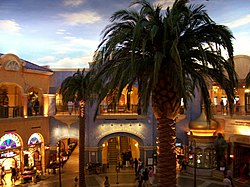



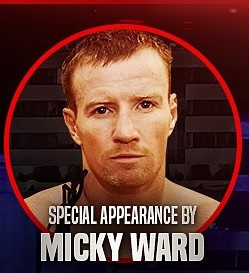
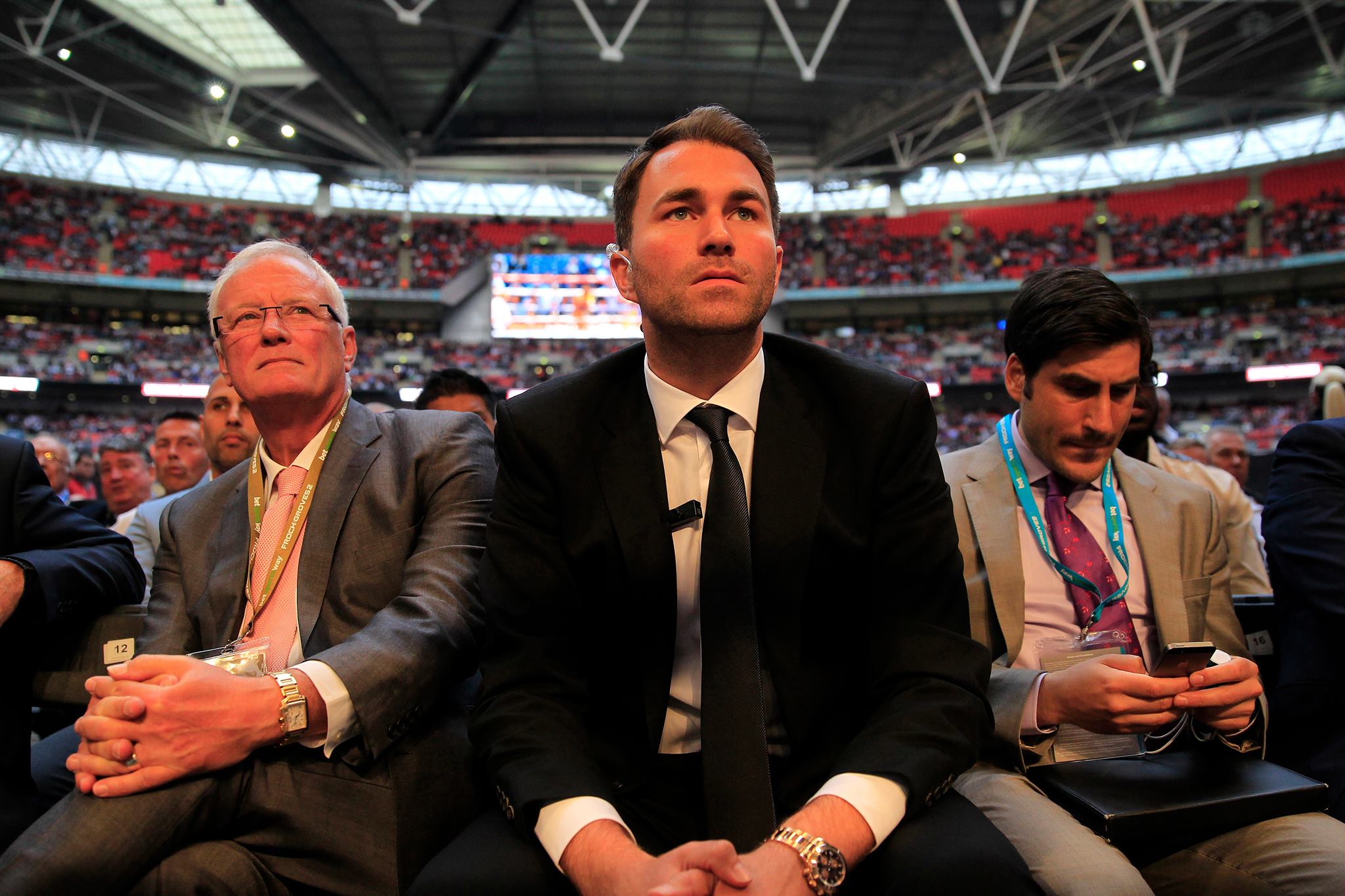
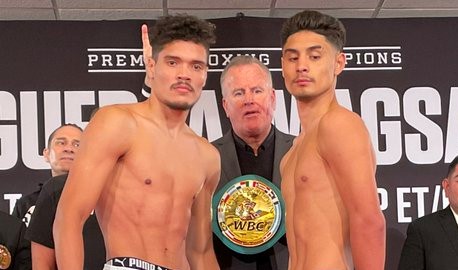
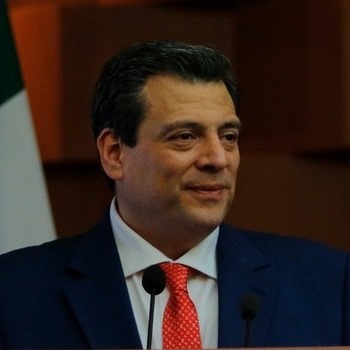



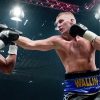



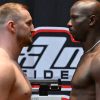

aslanpa haber
05/02/2022 at 4:28 pm
thanks